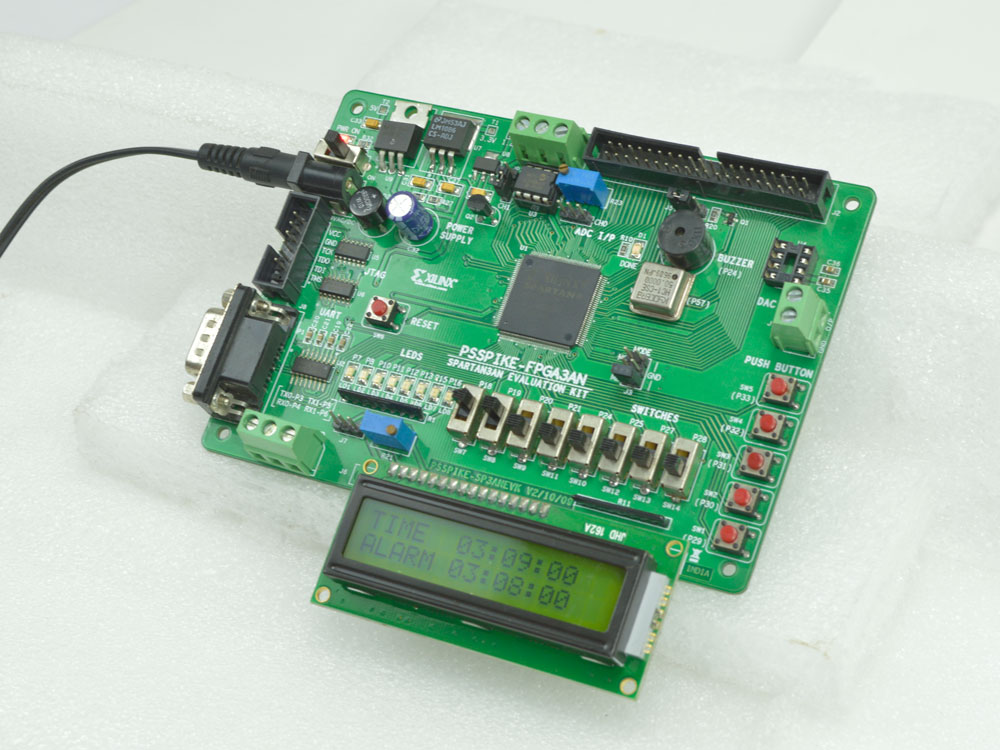Time: 2025-02-27 13:57:08View:
In FPGA (Field-Programmable Gate Array) designs, the clock signal is one of the most critical components. It serves as the heartbeat of the digital system, synchronizing operations and ensuring that data is processed and transferred correctly. Below are the key reasons why clocks are used in FPGAs:

Purpose: The clock signal synchronizes the operations of all sequential logic elements (e.g., flip-flops, registers, and state machines) in the design.
How It Works: All sequential elements update their states (e.g., store new data) only at specific edges of the clock signal (rising or falling edge).
Example: In a counter, the count value increments only on the rising edge of the clock.
Purpose: The clock ensures that data is processed and transferred at the correct time, preventing race conditions and ensuring reliable operation.
How It Works: By defining a fixed time interval (clock period), the clock ensures that all operations occur in a predictable and controlled manner.
Example: In a pipelined processor, each stage of the pipeline completes its task within one clock cycle.
Purpose: Clocks are essential for implementing sequential logic, where the output depends on both the current inputs and the previous state.
How It Works: Flip-flops and registers use the clock to store and update their states.
Example: A state machine transitions between states only on clock edges.
Purpose: Clocks ensure that data is transferred reliably between different parts of the design.
How It Works: Data is sampled and transferred only at specific clock edges, avoiding glitches or incorrect data capture.
Example: In a communication protocol like SPI or I2C, data is transferred synchronously with a clock signal.
Purpose: The clock frequency determines the speed at which the FPGA design operates.
How It Works: Higher clock frequencies allow for faster processing but require careful timing analysis to avoid setup and hold violations.
Example: A design running at 100 MHz can perform 100 million operations per second.
Purpose: Clocks can be used to control power consumption by enabling or disabling parts of the design.
How It Works: Clock gating techniques stop the clock for inactive modules, reducing dynamic power consumption.
Example: In a low-power design, unused peripherals are clock-gated to save power.
Purpose: Clocks enable real-time operation by providing a consistent time base.
How It Works: Real-time systems use the clock to measure time intervals and schedule tasks.
Example: A digital clock increments its counter every second based on a 1 Hz clock signal.
Purpose: Clocks are used to synchronize communication between the FPGA and external devices.
How It Works: Many communication protocols (e.g., UART, SPI, I2C, Ethernet) rely on a clock signal for data transfer.
Example: In SPI, the master device generates a clock signal to synchronize data exchange with the slave device.
Purpose: Clocks help avoid metastability, a condition where a flip-flop enters an unstable state due to timing violations.
How It Works: Proper clocking ensures that data is stable before and after the clock edge, preventing metastability.
Example: Synchronizers are used to handle asynchronous signals crossing clock domains.
Purpose: Clocks enable modular and scalable designs by providing a common timing reference.
How It Works: Different modules in the design can operate independently but synchronize their operations using the clock.
Example: In a multi-core processor, each core operates independently but synchronizes with other cores using a global clock.
Global Clocks: High-speed clocks distributed across the FPGA for general use.
Regional Clocks: Clocks specific to a region of the FPGA.
Generated Clocks: Clocks derived from other clocks using PLLs (Phase-Locked Loops) or clock dividers.
External Clocks: Clocks provided by external sources (e.g., crystals, oscillators).
When multiple clocks are used in a design, special care must be taken to handle signals that cross clock domains. Techniques like FIFOs, synchronizers, and handshaking are used to ensure reliable data transfer.
Clocks are fundamental to FPGA designs because they:
Synchronize operations.
Ensure reliable data transfer.
Enable sequential logic and state machines.
Provide a time base for real-time systems.
Control power consumption.
Facilitate communication with external devices.
Without a clock, an FPGA design would lack the structure and timing necessary to perform complex tasks reliably. Proper clock management is essential for achieving optimal performance and functionality in FPGA-based systems.